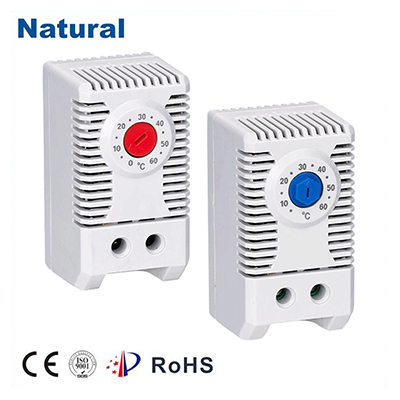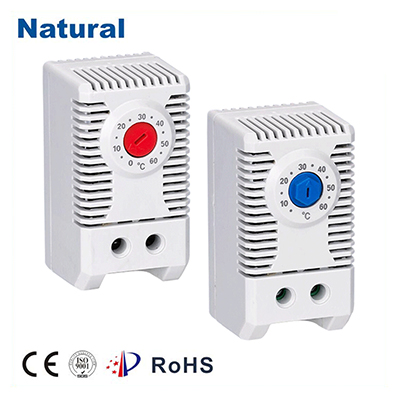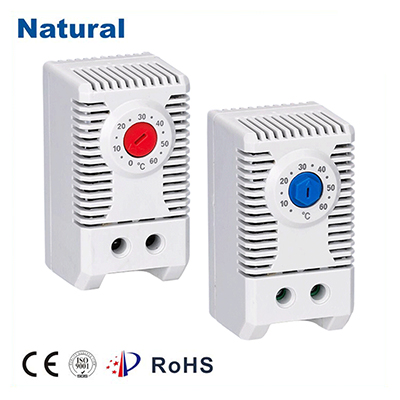Bimetal thermostat thermostats are vital components in temperature regulation systems, widely used in various applications ranging from household appliances to industrial machinery. These devices function based on the principle of thermal expansion, utilizing two different metals bonded together that expand at different rates when heated. This article delves into the working mechanism, advantages, applications, and the future of bimetal thermostat thermostats.

Working Principle

The core of a bimetal thermostat thermostat consists of two metal strips with different coefficients of thermal expansion, typically steel and brass or copper. When the temperature changes, each metal expands at its own rate, causing the bimetallic strip to bend. This bending action can be used to either open or close electrical contacts, thereby regulating the power supply to heating or cooling systems. As the temperature rises, the metal with the higher expansion coefficient expands more, causing the strip to curve away from the heat source. This movement can actuate a switch that turns off a heating element or a cooling fan, preventing overheating. Conversely, when the temperature drops, the strip returns to its original position, re-engaging the switch to restore power to the heating element or fan.
